On April 23, 2012 at 17:38 UTC, plage Region 1461 (N10W19), produced a C2.0 Solar Flare with an associated Earth directed Full Halo CME. Varying models place the time of arrival for this CME between April 26, at approx 14:00 UTC, according to the NOAA/WSA-ENLIL Model( click this link to see the latest plot : NOAA/WSA-ENLIL CME Model ), to April 27, at 05:49:22 UTC, Confidence Level: ± 6 hours, with the NASA/ISWA CCMC-ENLIL Model. (click this link to see the latest plot:ISWA/CCMC-ENLIL CME Earth Cone Model). On this animated gif (left),we can see the Full Halo CME as it spreads out around the disk in all directions; captured here by SOHO with the LC3 telescope. Although it is hard to see in this image, there is also a Sundiving Comet that can be seen taking its last trip through the solar system, as it dives into the Sun. You can see it travel from the bottom of the movie window up into the disk at the 7:00 position. For a larger high resolution view click on the gif image. For a current view click the "Latest Lasco C3 Movie" box, over on the right hand side of our page!
In this animated gif made from images taken from the STEREO Ahead satellite with the C2 telescope, we can see the CME from a different angle. Remember that the Earth is to the left of the disk in images from STEREO A.
As we look over the CHAAR map here to the left, we can see the plage Region 1461, responsible for this CME. We can also see the remains of Coronal Hole 514 in the northern hemisphere, indicated in red. CH514 was open, and in an Earth facing position on the 21st, so there is a posibility of a Coronal Hole High Speed Stream becoming geoefective as the effects of this last CME diminish today. CHHSS winds may continue through the 25th before this next CME arrival.
In this flare locating image we can see the source of the C2.0 Solar Flare on the disk being plage Region 1461 .

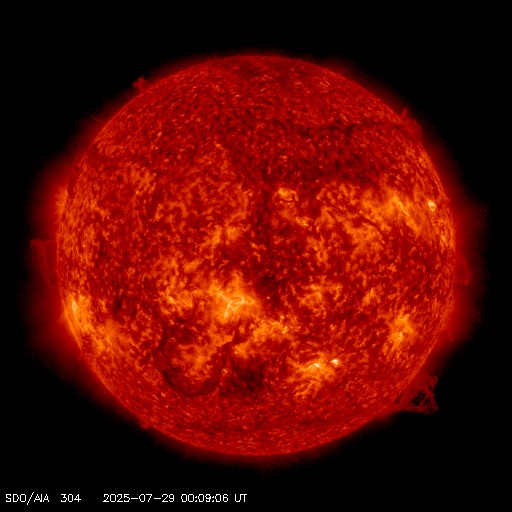
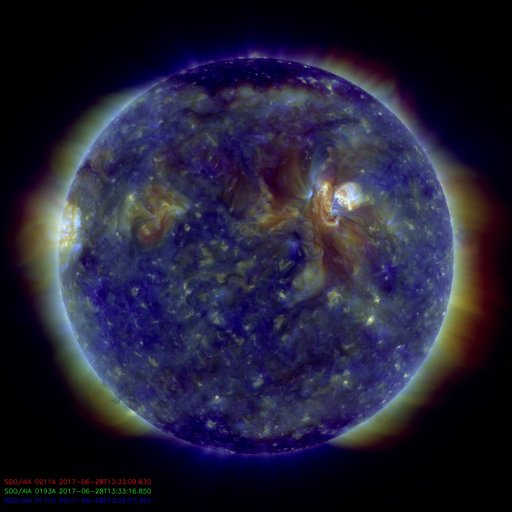
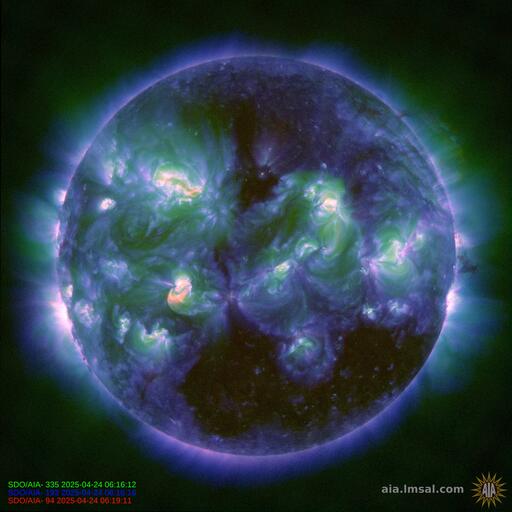
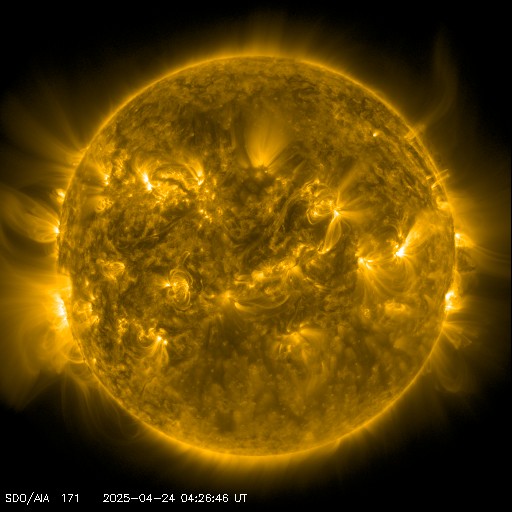
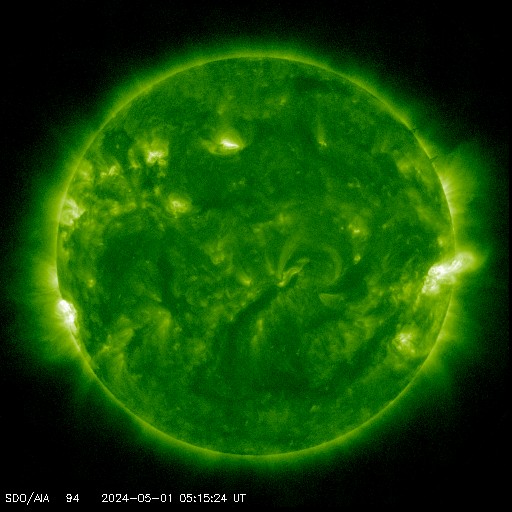
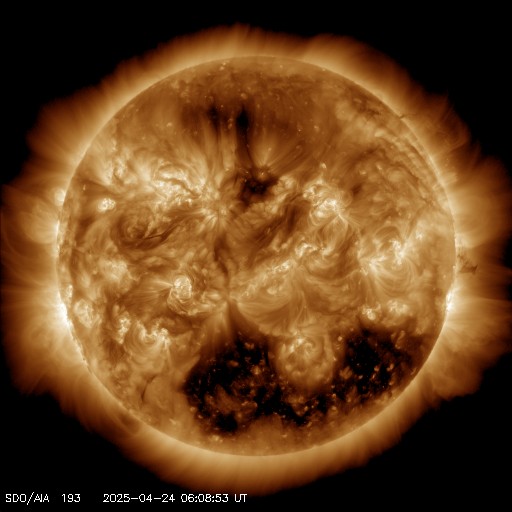




I am trying to figure out how the full halo works. Correct me if I am wrong, but I have an idea: The entire Sun-- from the Earth's perspective-- caused a lens flare-style ejection seen as the entire circumference of the Sun (which is presumably replaced with a solid color circle to better show emphasis on the CMEs)?
ReplyDeleteHi Kevin :)
ReplyDeleteIn this gif we are looking at the Sun from the SOHO satellite's Lasco Coronograph 3 telescope. the small white dot in the middle is where the sun is located. From SOHO, in orbit around Earth we have a direct straight line of view. The camera lens has an occulting disk over it, seen as the dark ring with a stem extending out to the 1:00 position. The disk blocks out the direct image of the Sun leaving us with just the outer Corona of the Sun as this camera is extremely sensitive. When a CME is ejected we see it come out from around the edge of the occulting disk in one direction or another. When a CME is ejected very near the center of the disk (Sun), in Earth's direction instead of seeing it come out from one of the edges we see a burst of ejecta coming out from around the whole disk, forming a ring or "Halo". We call these 360 degree ejections Full Halo CMEs.
Glad to have you here!
Tom
oh Thanks. its very nice information please keep sharing.
ReplyDeleteEarth Day
aaa replica bags high quality replica handbags high quality designer replica
ReplyDelete